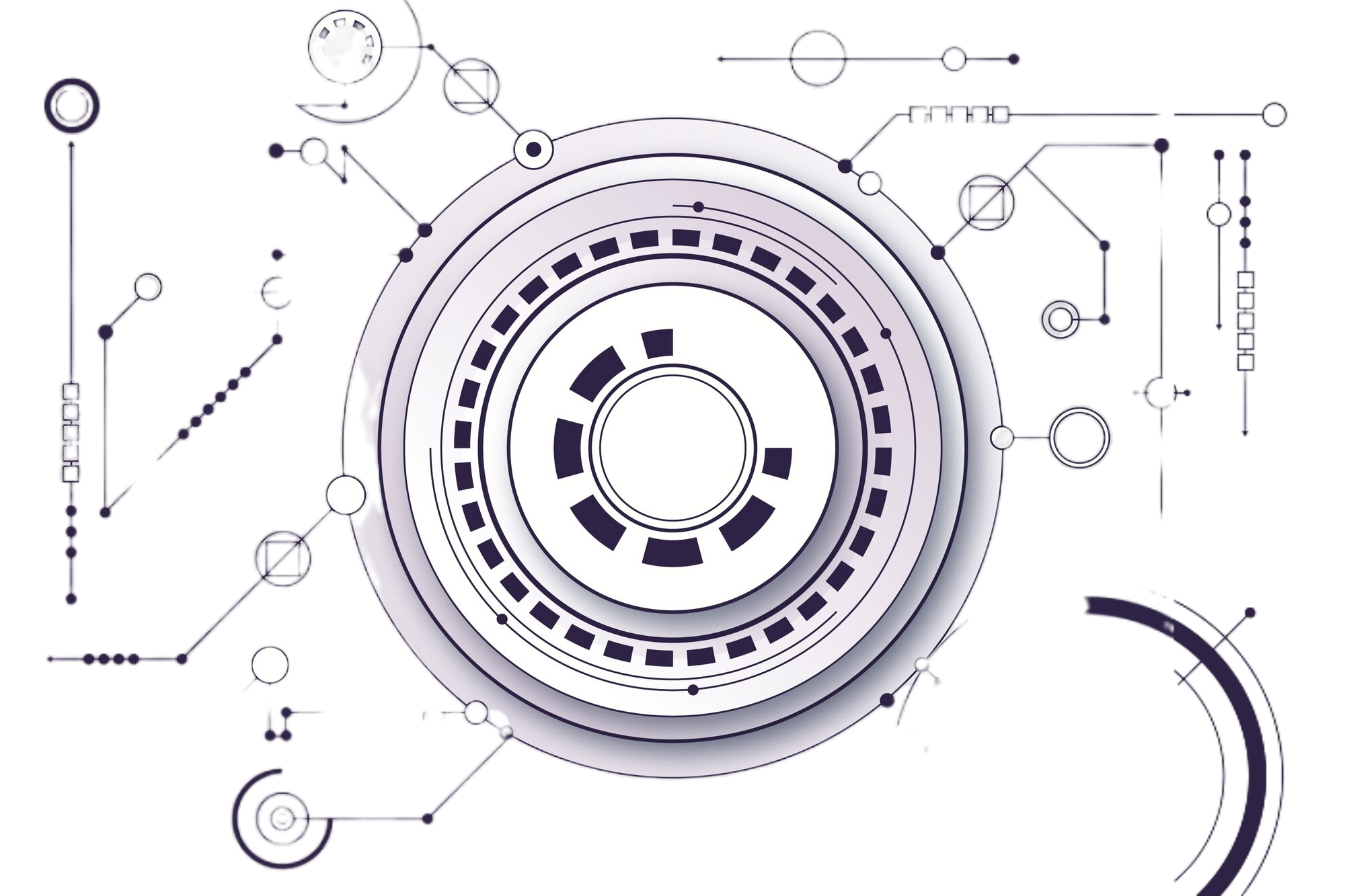Customer Reference Guide: Design of Machinery

1. Introduction
This comprehensive guide provides an in-depth look into the principles of machinery design as outlined in "Design of Machinery: An Introduction to the Synthesis and Analysis of Mechanisms and Machines" by Robert L. Norton. This document aims to help customers understand the essential concepts, methods, and practical considerations involved in the design and analysis of mechanisms and machines.
2. Key Concepts
Kinematics and Kinetics
Kinematics
Kinematics is the study of motion without considering the forces that cause it. It focuses on the geometric aspects of motion.
- Translation: Movement in a straight line.
- Rotation: Movement around a fixed axis.
- Complex Motion: Combination of translational and rotational motion.
Kinetics
Kinetics involves the study of forces on systems in motion. It considers the cause of motion, focusing on the relationship between the motion of bodies and the forces acting upon them.
- Newton's Second Law: F=maF = maF=ma (Force equals mass times acceleration).
Mechanisms and Machines
Mechanism
A mechanism is a device designed to transform motion into a desired pattern, typically developing low forces and transmitting minimal power. Examples include:
- Pencil Sharpener
- Camera Shutter
- Folding Chair
Machine
A machine contains mechanisms designed to provide significant forces and transmit substantial power. Examples include:
- Automobile Transmission
- Food Blender
- Cranes
Design Process
Identification of Need
Define the problem clearly and concisely. This initial step often involves a broad statement of the issue, such as "Design a better lawn mower."
Background Research
Gather relevant information about the problem, existing solutions, and technologies. Use sources like patents, technical papers, and industry standards.
Goal Statement
Formulate a specific, unbiased statement defining the objective. Avoid suggesting a specific solution in the statement.
Performance Specifications
Define what the system must do in terms of performance, without specifying how it should achieve these results.
Ideation and Invention
Generate a wide range of ideas and potential solutions. Encourage creative thinking and brainstorming without immediate criticism of ideas.
Analysis
Evaluate the feasibility of each idea through detailed examination and testing. This includes mathematical modeling and simulations.
Selection
Choose the best design based on analysis. Use decision matrices and comparative analysis to make informed choices.
Detailed Design
Create comprehensive drawings and specifications for each component. Use CAD software for precision and efficiency.
Prototyping and Testing
Build and test a prototype model. Validate the design through physical testing and simulations to identify and correct any issues.
Production
Manufacture the final product, ensuring that all design specifications are met and that the product is ready for market.
4. Mechanisms Overview
Types of Motion
Translational Motion
Straight-line movement in one direction. Common in mechanisms like pistons and sliders.
Rotational Motion
Movement around a fixed axis. Examples include gears, wheels, and cams.
Complex Motion
Combines both translational and rotational movements. Examples include robotic arms and certain types of linkages.
Links, Joints, and Kinematic Chains
Links
Rigid bodies that form the framework of a mechanism. Examples include bars, beams, and levers.
Joints
Connections between links that allow relative motion. Types of joints include:
- Revolute Joints: Allow rotational movement (e.g., hinge).
- Prismatic Joints: Allow translational movement (e.g., slider).
- Cylindrical Joints: Allow both rotational and translational movements.
Kinematic Chains
Series of links and joints connected to form a mechanism. Kinematic chains can be classified as:
- Open Chains: Chains with free ends.
- Closed Chains: Chains forming a loop, commonly found in linkages.
Degrees of Freedom
Planar Mechanisms
Typically have three degrees of freedom: two translations and one rotation.
Spatial Mechanisms
Can have up to six degrees of freedom, including three translations and three rotations.
5. Common Mechanisms
Four-Bar Linkage
Overview
A simple mechanism consisting of four rigid bars connected by pivots. It is widely used to transform input motion into a desired output motion.
Applications
- Automotive Suspension Systems
- Mechanical Presses
- Robotic Arms
Slider-Crank Mechanism
Overview
Converts rotary motion into linear motion. Commonly found in engines and pumps.
Applications
- Internal Combustion Engines
- Piston Pumps
- Compressors
Cam and Follower
Overview
A cam is a rotating or sliding piece in a mechanical linkage, while a follower moves in response to the cam's motion. This mechanism converts rotary motion into a specified linear or oscillating motion.
Applications
- Automobile Engines
- Textile Machinery
- Automation Equipment
Gear Trains
Overview
Series of gears that transmit power and motion. Types include spur gears, helical gears, and planetary gears.
Applications
- Automobile Transmissions
- Clocks and Watches
- Industrial Machinery
6. Practical Considerations
Material Selection
Choose materials based on mechanical properties, cost, and manufacturability. Consider factors like strength, durability, weight, and corrosion resistance.
Joint Design
Consider the type of motion required and the forces involved. Common joints include pin joints, sliders, and bearings.
Load and Stress Analysis
Perform calculations to ensure the mechanism can withstand the expected loads without failure. Use tools like finite element analysis (FEA) for complex stress analysis.
Prototyping
Build physical models to test and validate designs. Use computer simulations to predict performance and identify potential issues early in the design process.
Maintenance and Reliability
Design mechanisms for easy maintenance and long-term reliability. Use high-quality materials and components to minimize wear and tear. Consider factors like lubrication, accessibility, and ease of replacement.
7. Conclusion
This guide provides a comprehensive overview of the principles and practices involved in the design of machinery. For more detailed information and advanced topics, refer to "Design of Machinery" by Robert L. Norton. This reference aims to assist customers in understanding the fundamental principles and practical applications of machinery design.
8. References and Further Reading
- Norton, Robert L. "Design of Machinery: An Introduction to the Synthesis and Analysis of Mechanisms and Machines." 2nd ed. McGraw-Hill, 1999.
- Shigley, J.E., and Uicker, J.J. "Theory of Machines and Mechanisms." McGraw-Hill.
- Erdman, A.G., and Sandor, G.N. "Mechanism Design: Analysis and Synthesis." Prentice Hall.
- Hartenberg, R.S., and Denavit, J. "Kinematic Synthesis of Linkages." McGraw-Hill.

